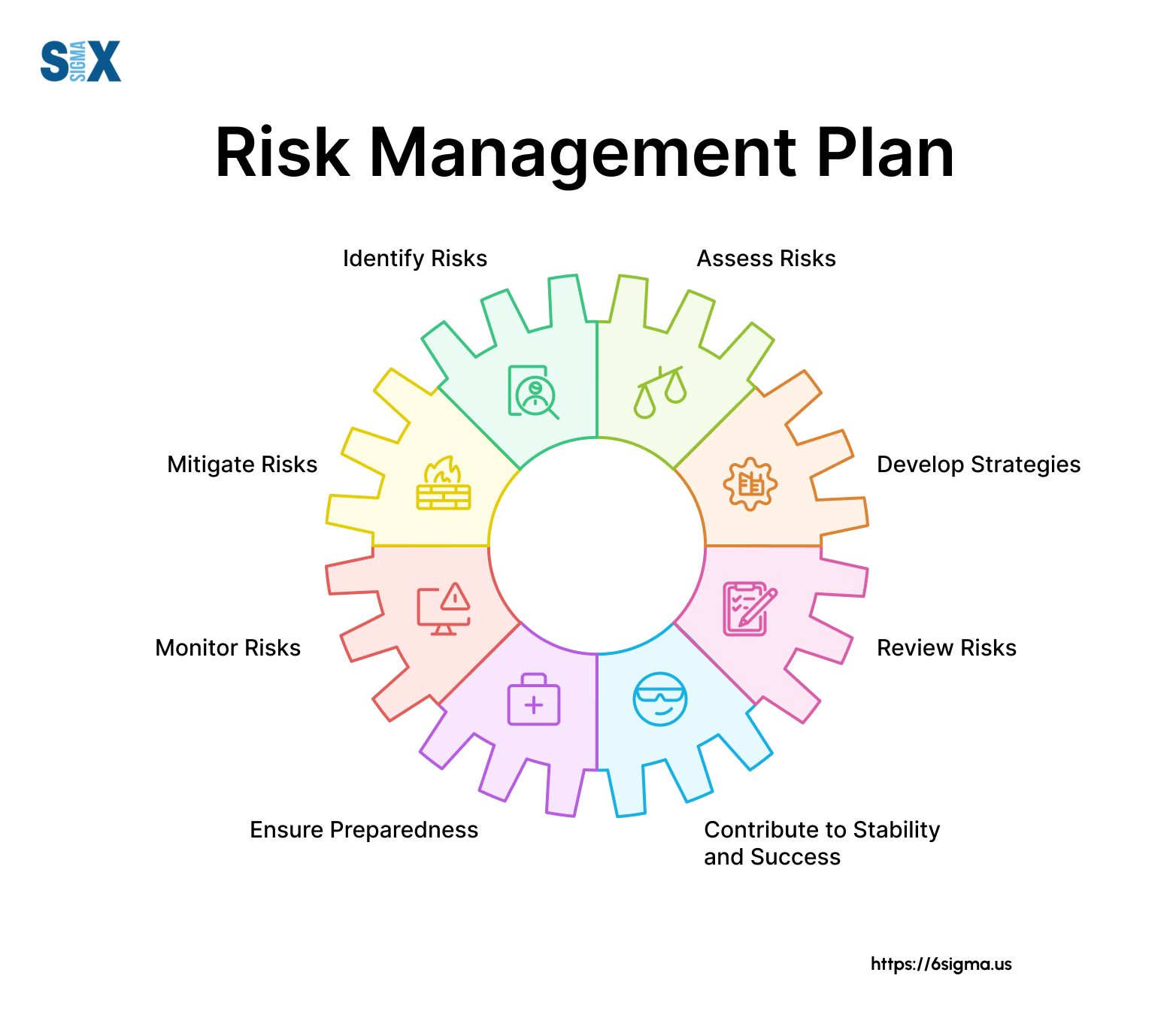Unlocking the True Importance of Risk Management for Sustainable Growth
Unlocking the True Importance of Risk Management for Sustainable Growth
Blog Article
Discovering the Relevance of Risk Management for Effective Decision-Making Methods
In the complex globe of company, Risk Management emerges as a vital aspect in the decision-making process. The ability to recognize possible threats and opportunities, and strategize appropriately, can mean the distinction in between success and failure.
Comprehending the Idea of Risk Management
Risk Management, a critical element in decision-making, is often misconstrued or oversimplified. Risk Management involves organized and regimented techniques, using data and informative analyses. From monetary uncertainties, legal liabilities, strategic Management errors, to mishaps and natural catastrophes, it deals with different dangers - importance of risk management.
The Function of Risk Management in Decision-Making Processes
In the realm of critical preparation and business operations, Risk Management plays an indispensable role in decision-making processes. Risk Management hence ends up being an important tool in decision-making, aiding leaders to make enlightened selections based on a thorough understanding of the threats entailed. Risk Management serves as a vital component in the decision-making processes of any organization.
:max_bytes(150000):strip_icc()/operational_risk.asp-Final-4be32b4ee5c74958b22dfddd7262966f.png)
Exactly How Risk Management Boosts Strategic Planning
In the context of critical planning, Risk Management plays an essential role. Initiating with the identification of potential threats, it additionally encompasses the implementation of Risk reduction actions. The function of Risk Management is dynamic but not fixed, as it demands constant tracking and adjusting of strategies.
Determining Potential Risks

Carrying Out Risk Reduction
Having established the relevance of recognizing potential threats, the following step is to check out Risk reduction. This process entails establishing and carrying out techniques to manage identified threats efficiently. It is an essential aspect of tactical planning as it boosts decision-making by lessening possible negative results. Risk reduction strategies can vary from Risk avoidance, Risk transfer, to risk reduction. Each technique ought to be tailored to the details Risk, considering its prospective influence and the organization's Risk tolerance. Reliable Risk reduction needs a deep understanding of the Risk landscape and the possible influence of each Risk. This understanding allows companies to focus on threats and designate resources efficiently, making sure that the most significant dangers are attended to first.
Tracking and Adjusting Techniques
Though Risk reduction is a crucial step in critical planning, continuous tracking and modification of these strategies is just as vital. This continuous process enables companies to determine new dangers and reassess existing ones, ensuring the carried out methods stay reliable in the ever-changing company setting. It also offers a chance to assess the success of the Risk Management steps, permitting modifications to be made where needed, further enhancing strategic preparation. Effective surveillance and modification need making use of analytics and key efficiency signs (KPIs) to gauge efficiency. These tools provide beneficial data-driven understandings that can inform critical decision-making. Tracking and readjusting Risk Management techniques is a critical element for enhancing a company's durability and strategic preparation.
Situation Studies: Successful Risk Management and Decision-Making
Worldwide of company and financing, successful Risk Management and decision-making typically act as the columns of flourishing enterprises. One such entity is an international oil company that minimized financial loss by hedging versus fluctuating oil costs. In another circumstances, a tech start-up grew by recognizing helpful resources and approving high-risk, high-reward approaches in a volatile market. A worldwide financial institution, encountered with regulative uncertainties, effectively browsed the scenario via proactive Risk evaluation and dynamic decision-making. These situations highlight the worth of sharp Risk Management in decision-making processes. It is not the lack of Risk, however the Management of it, that commonly sets apart successful firms from not successful ones. These instances underscore the essential function of Risk Management in tactical decision-making. importance of risk management.
Tools and Methods for Reliable Risk Management
Browsing the complex labyrinth of Risk Management requires the appropriate collection of devices and methods. These tools, such as Risk registers and heat maps, aid in recognizing and assessing potential dangers. Techniques include both measurable approaches, like level of sensitivity evaluation, and qualitative techniques, such as SWOT analysis. These assistance in prioritizing dangers based upon their possible effect and likelihood. Risk reaction methods, a key element of Risk Management, entail accepting, staying clear of, moving, or mitigating risks. Surveillance and managing dangers, through routine audits and testimonials, guarantee that the approaches continue to be effective. With these strategies and devices, decision-makers can navigate the complex landscape of Risk Management, consequently helping with notified and efficient decision-making.
Future Fads in Risk Management and Decision-Making Methods
As we discover the substantial landscape of Risk Management, it becomes noticeable that the methods and useful source tools used today will certainly remain to advance. Future patterns point towards an increased dependence on innovation, with expert system and artificial intelligence playing substantial duties. These modern technologies will certainly enable companies to predict possible dangers with greater accuracy and make even more informed choices. Additionally, there will be a growing focus on durability, not simply in taking care of dangers yet also in getting better from damaging circumstances. Last but not least, the concept of Risk society, where every member of an organization is mindful and associated with Risk Management, will obtain more importance. These fads declare an even more inclusive and positive method towards Risk Management and decision-making.
Conclusion

Risk Management therefore becomes an important device in decision-making, assisting leaders to make informed selections based on a detailed understanding of the dangers included. Risk reduction methods can vary from page Risk evasion, Risk transfer, to take the chance of reduction (importance of risk management). Efficient Risk reduction calls for a deep understanding of the Risk landscape and the possible impact of each Risk. Risk response approaches, a key part of Risk Management, involve approving, staying clear of, moving, or mitigating dangers. The idea of Risk culture, where every participant of a company is aware and included in Risk Management, will certainly obtain much more importance
Report this page